The Evil Eye symbol, with its distinctive concentric circles of blue, white, and dark blue, punctuated by a lighter shade resembling a watchful eye, is ubiquitous. Found on pendants, lockets, bracelets, and more, its presence is undeniable.
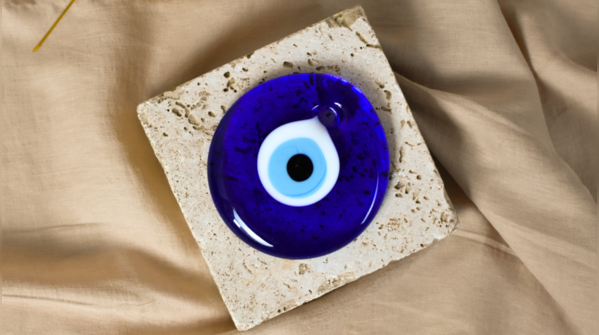
While some cultures bestow Evil Eye pendants upon children as a protective charm, others advise against any association with it. This divergence in perception raises a fundamental question: Is the Evil Eye a shield against negativity, or a conduit for something more sinister?
The primary reason people embrace the Evil Eye is for protection. Regardless of its form, the symbol is believed to deflect jealousy, envy, and malevolent energies. The source of these negative forces isn't always obvious. Even well-meaning friends, harboring secret envy, can unintentionally project harmful intentions. The Evil Eye, therefore, acts as a constant guardian.

The Evil Eye's protective properties extend beyond personal adornment. It is commonly given to newborns, safeguarding them from the envy of others. These vulnerable infants are often adorned with bracelets or pendants bearing the symbol. Furthermore, people incorporate the Evil Eye into various aspects of their lives, attaching it to new homes, cars, and furniture, imbuing these possessions with an aura of protection.
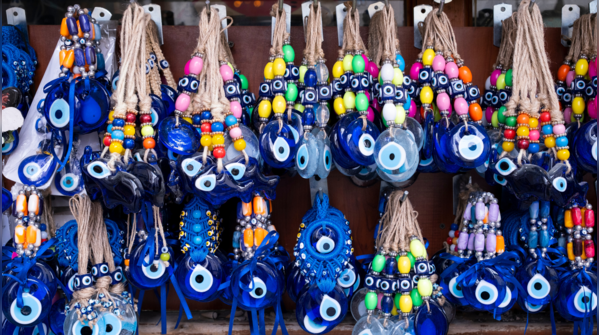
The protection offered by the Evil Eye stems from the belief that negative energy can be transmitted through mere glances. While lacking scientific validation, this belief fuels the perception that the amulet provides a tangible shield. This faith offers peace of mind and bolsters confidence, making the Evil Eye a comforting presence for the wearer and their loved ones.
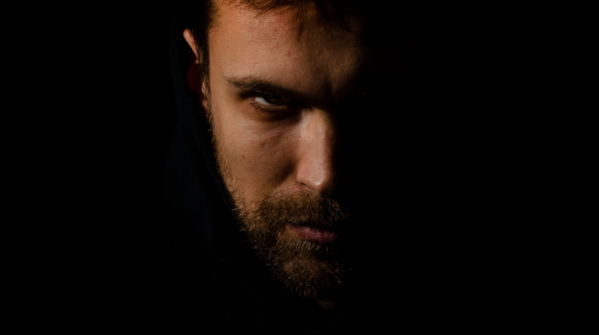
However, not all cultures subscribe to the Evil Eye's protective nature. Some communities consider it inherently malevolent, arguing that it attracts the very negativity it claims to repel. According to this perspective, wearing the Evil Eye is akin to inviting a demonic or dark spirit, hoping it will defend against external threats. It's a precarious bargain, trading one evil for another.
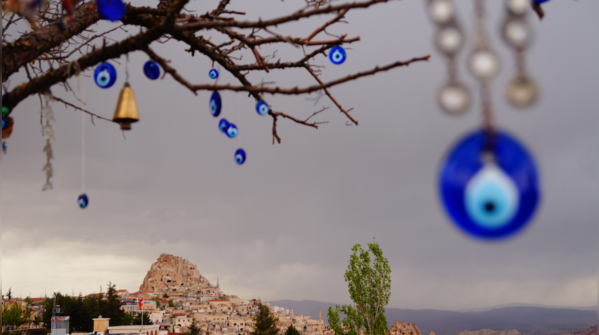
The question of whether the Evil Eye is a symbol of protection or a harbinger of evil remains subjective. Scientific evidence is absent, and opinions are rooted in personal belief systems. Some staunchly defend its protective capabilities, while others shun it, fearing its connection to dark energies.

Another prevalent belief centers around the breaking of an Evil Eye amulet. It is said that when the pendant, bracelet, or hanging breaks, it signifies that the amulet has absorbed a significant wave of negative energy, protecting the wearer from its impact. The broken amulet serves as a warning, indicating a recent brush with malevolence and a continued need for protection.
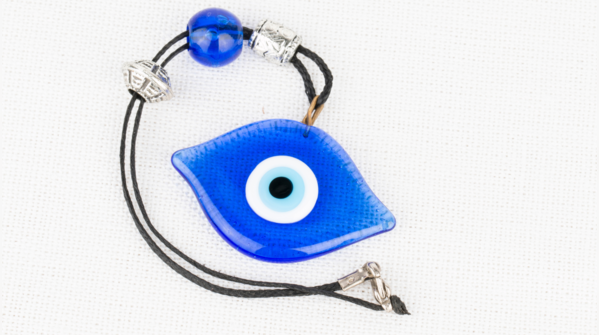
Newer articles
 Gavaskar Calls for Kuldeep Yadav's Inclusion in Second Test Amid Bumrah Fitness Concerns, Cites Edgbaston Spin Advantage
Gavaskar Calls for Kuldeep Yadav's Inclusion in Second Test Amid Bumrah Fitness Concerns, Cites Edgbaston Spin Advantage
 Indian Astronaut Shukla Arrives at ISS, Ushering in New Era for Space Program
OR
India Celebrates as Shukla Reaches ISS, Advancing Ambitious Space Goals
Indian Astronaut Shukla Arrives at ISS, Ushering in New Era for Space Program
OR
India Celebrates as Shukla Reaches ISS, Advancing Ambitious Space Goals
 Rishabh Pant Revolutionizing Cricket, Says Greg Chappell
Rishabh Pant Revolutionizing Cricket, Says Greg Chappell
 Toxic Workplace Warning Signs: Spot the Red Flags Early
Toxic Workplace Warning Signs: Spot the Red Flags Early
 Global Immunization Crisis: Millions of Children at Risk as Vaccine Coverage Lags, Study Reveals
Global Immunization Crisis: Millions of Children at Risk as Vaccine Coverage Lags, Study Reveals
 Indian Cricket Star Mukesh Kumar and Wife Divya Singh Announce the Arrival of Baby Boy
Indian Cricket Star Mukesh Kumar and Wife Divya Singh Announce the Arrival of Baby Boy
 Moto G54 Price Slashed in India: Check Out the Discounted Rates and Specs
Moto G54 Price Slashed in India: Check Out the Discounted Rates and Specs
 IRCTC Launches AI Chatbot 'AskDisha 2.0' to Revolutionize Train Ticket Booking and Customer Service
IRCTC Launches AI Chatbot 'AskDisha 2.0' to Revolutionize Train Ticket Booking and Customer Service
 Cummins Lauds Australia's Dominant Start to WTC Campaign After West Indies Series Win
Cummins Lauds Australia's Dominant Start to WTC Campaign After West Indies Series Win
 Smith Targets Test Return After Innovative Baseball Cage Rehab in New York
Smith Targets Test Return After Innovative Baseball Cage Rehab in New York